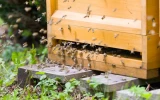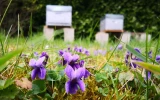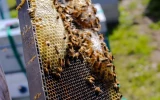How To Move a Wild Beehive To a New Location (Do's & Don'ts)
When you have a beehive infestation in your home, it’s necessary to relocate the hive to a new location. You don’t want to hurt the little guys, but you also don’t want to be stung either. So how do you move a wild beehive to a new location?
To move a wild beehive to a new location, you have to wear protective clothing, secure the beehive inside an empty bee box, cover the hive entrance, ventilate the box, and find a good spot. Avoid doing it alone and unprepared. Also avoid using bee traps, leaving the hive entrance open, and moving the hive at any time.
Below is a more detailed explanation of the do's and don'ts and a short guide on how to move a wild beehive to a new location.
Summary
- To spot a wild beehive near or on your property, check for signs of bee clusters or loud sounds of buzzing.
- The best time of day to relocate the bees is in the late evening or early morning during the late winter season.
- Don’t do bee removal head-on without any preparations.
- Contact a bee professional to help you remove the beehive.
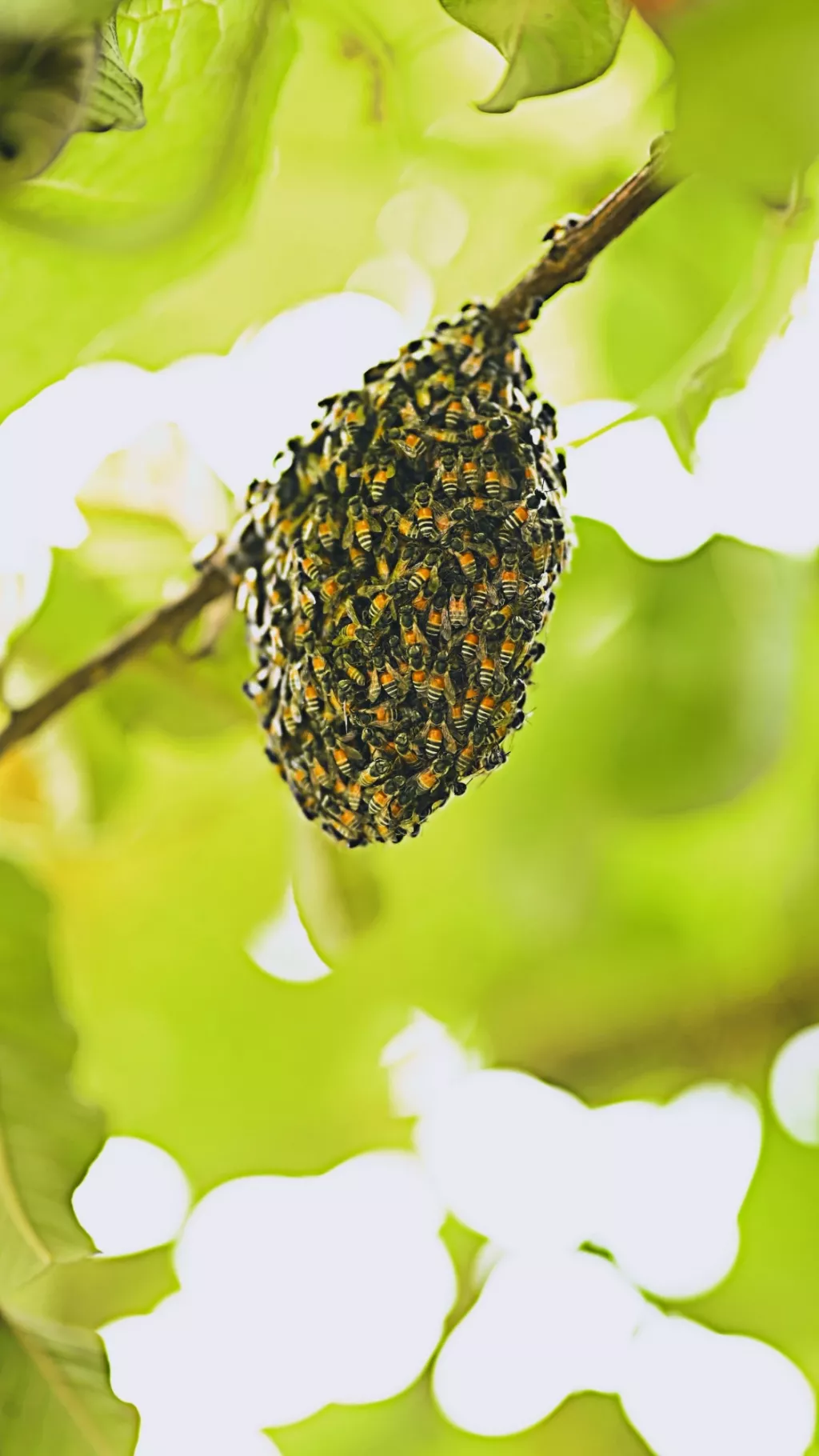
On this page:
Moving a Wild Beehive To A New Location
Find the beehive
A few telltale signs you’ve got a wild beehive on your property is to check for signs of bees. Do you see clusters of them around a certain area? What about seeing a steady stream of bees entering and leaving a specific area? If you’ve checked those off your list, then you might have a beehive nearby.
Use smoke to calm the bees
Before approaching the hive, use smoke to calm the bees. Smoke masks are the pheromones bees use to communicate. It helps reduce their aggression, so light a smoker and blow smoke into the entrance of the hive.
Carefully take out the honeycomb one sheet at a time
Using a hive tool, gently remove the honeycomb one sheet at a time. Be careful not to damage the comb, as this can harm the bees and their colony.
Put the honeycomb inside an empty bee box
Once you’ve removed the honeycomb, place it inside an empty bee box. This will provide a safe and secure home for the bees during transportation.
Clean the original location thoroughly
Once the honeycomb and bees have been removed, clean the original location thoroughly. This will help remove any remaining bees and honey and prevent the bees from returning.
Repair and seal off any access points
Finally, repair and seal off any access points to the original structure, such as cracks or holes. This is to prevent the bees from returning and to protect them from harm.
Take the bees to their new home
The final step is to find a good spot for the hive in the new location. Ideally, it should be a place that is safe, secure, and conducive to the bee’s well-being.
Materials needed:
- Screen or mesh
- Strap
- Cushioning for the car ride
- Spray bottle of water
- Carpenter's level
- Shims
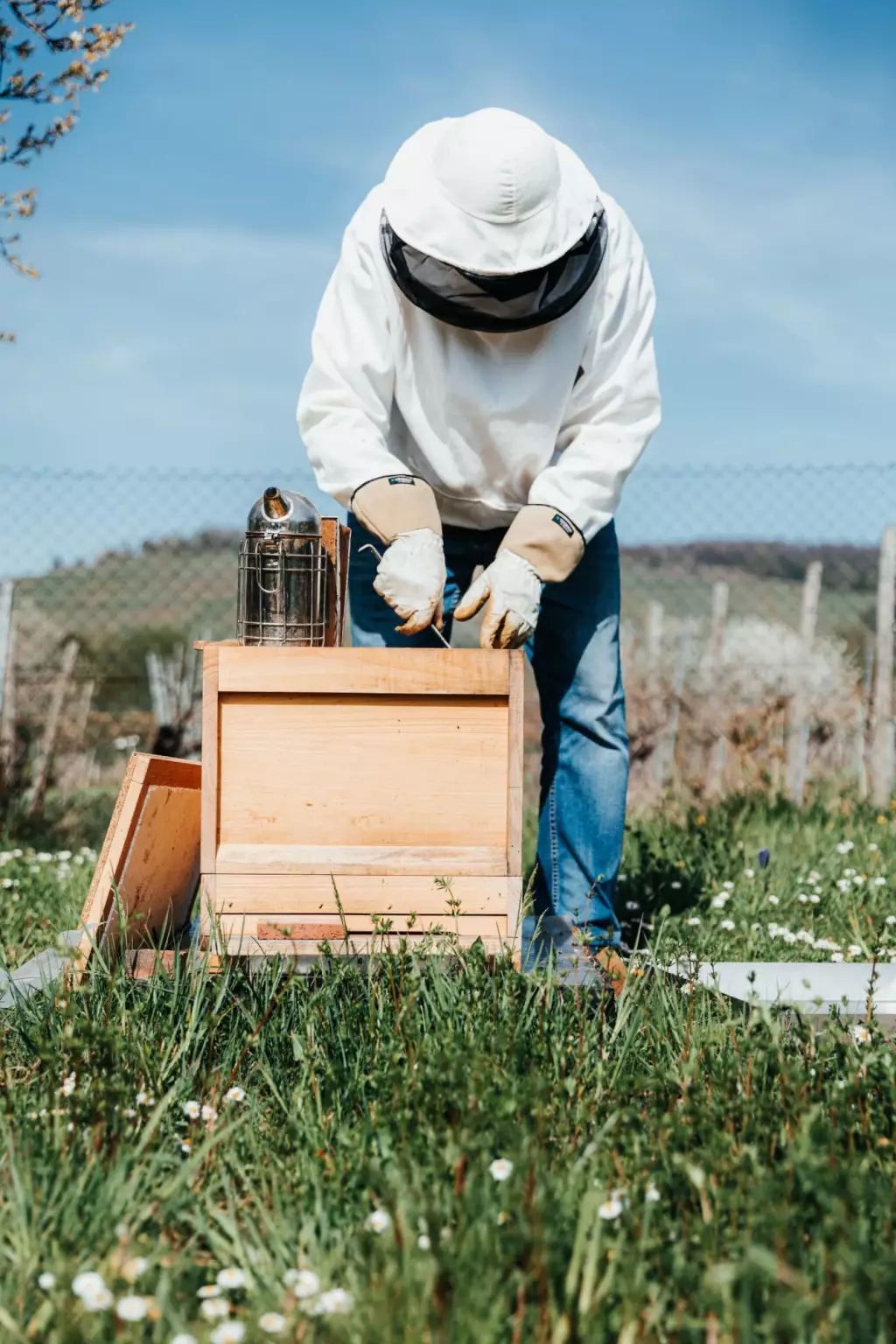
Do’s When Relocating Wild Beehives
Protect yourself and suit up
Wear protective clothing to avoid being stung. Bee stings can be painful and, in some cases, can cause an allergic reaction.
Another reason to wear protective gear is to protect the bees from being harmed or killed. Bees are sensitive to certain chemicals and scents that can be found on clothing and skin, such as perfumes and lotions. Wearing a protective suit minimizes the bee’s exposure to foreign chemicals and reduces the chance of upsetting the bees.
Protective gear for beekeeping includes a veil, gloves, and a bee suit. The veil is worn over the head to protect the face and neck, while the gloves protect the hands. A bee suit covers the entire body and is made of thick material to prevent bee stings. However, a bee jacket is also optional if you’re already wearing thick pants and heavy boots.
Strap the bee box
Strapping a bee box while moving to a new location is important. Make sure the hive stays together, and you can secure the baseboard to the brood box with straps. It secures the beehive during transportation and prevents it from shifting or tipping over, which can be dangerous for the bees inside. If the comb is damaged during transportation, it can agitate the bees and harm the overall health of the colony.
Close the hive entrance
Depending on how far you intend to travel, you should keep the hive entrance open or closed. For moves that are less than 30 feet, it’s recommended to leave the hive open. For longer distances, it’s advisable to close the entrance.
It’s best to do it at night or early in the morning when all the bees are inside their hive. This way, you won’t lose a lot of bees while they’re out foraging. If there are bees around the entrance, use a smoker to guide them back inside. You don’t need to block smoke into the hive. Just a few puffs around the entrance will do. Once the bees are inside, you can block the entrance with steel wool, mesh, or tape.
Don’t forget to close the roof of the hive as well.
Keep the hives cool
Hives can overheat quickly, so you’ll need to make sure to give them proper ventilation. When sealing the hive before moving, check if the air can circulate properly. If the hive doesn’t come with a screen baseboard, you can use a mesh to cover the entrance. You can secure it with staples or tape.
Additionally, it’s important to avoid leaving the hive in direct sunlight for prolonged periods of time.
Find a good spot
When relocating a beehive, it’s important to make sure the bees will settle in at their new location and not wander back to the old hive location. The technique you use depends on how far you want to move the hive. If you relocate the hive more than 4 miles, then the bees won't recognize the new location and won’t likely come back to the previous location.
If the new location is closer to the original location, you’ll need to take a few precautions to ensure the bees can find the hive at the new location.
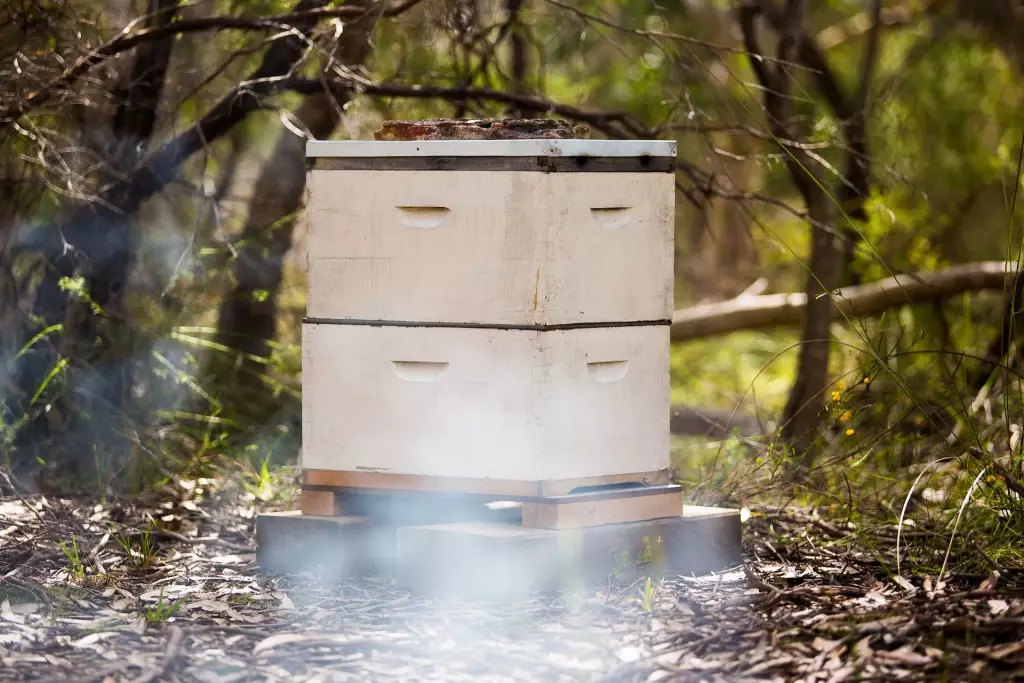
Don'ts When Relocating Wild Beehives
Don't do it alone
Bee experts would not recommend taking on the task of beehive removal by yourself, especially if you don’t have much experience with bees. The best course of action is to contact a professional or ask for assistance from bee experts in your area.
Don't do it unprepared
It’s dangerous to remove the hive without taking the proper precautions. The person removing the hive will be at risk of being painfully stung. And if the hive is not correctly removed, it can damage the hive’s structure and harm the overall health of the colony.
Don't leave the entrance open
Long transportation can make bees disoriented. If you leave the entrance open, they may fly out, and this will lead to a loss of bees. Furthermore, they might not be able to find their way back to their hive in its new location.
Don't use bee traps
It’s advisable to avoid using bee traps because they're environmentally unfriendly and an inhumane way to deal with the problem. Bees play an important role in the ecosystem and are essential for pollination.
Don't move the hive any time of the day
It’s not a good idea to move the hive at any time of the day. There’s a risk of leaving the foraging bees behind if you do it during the day. The best time for bee removal is in the late evening or early morning, ideally during the late winter season.
